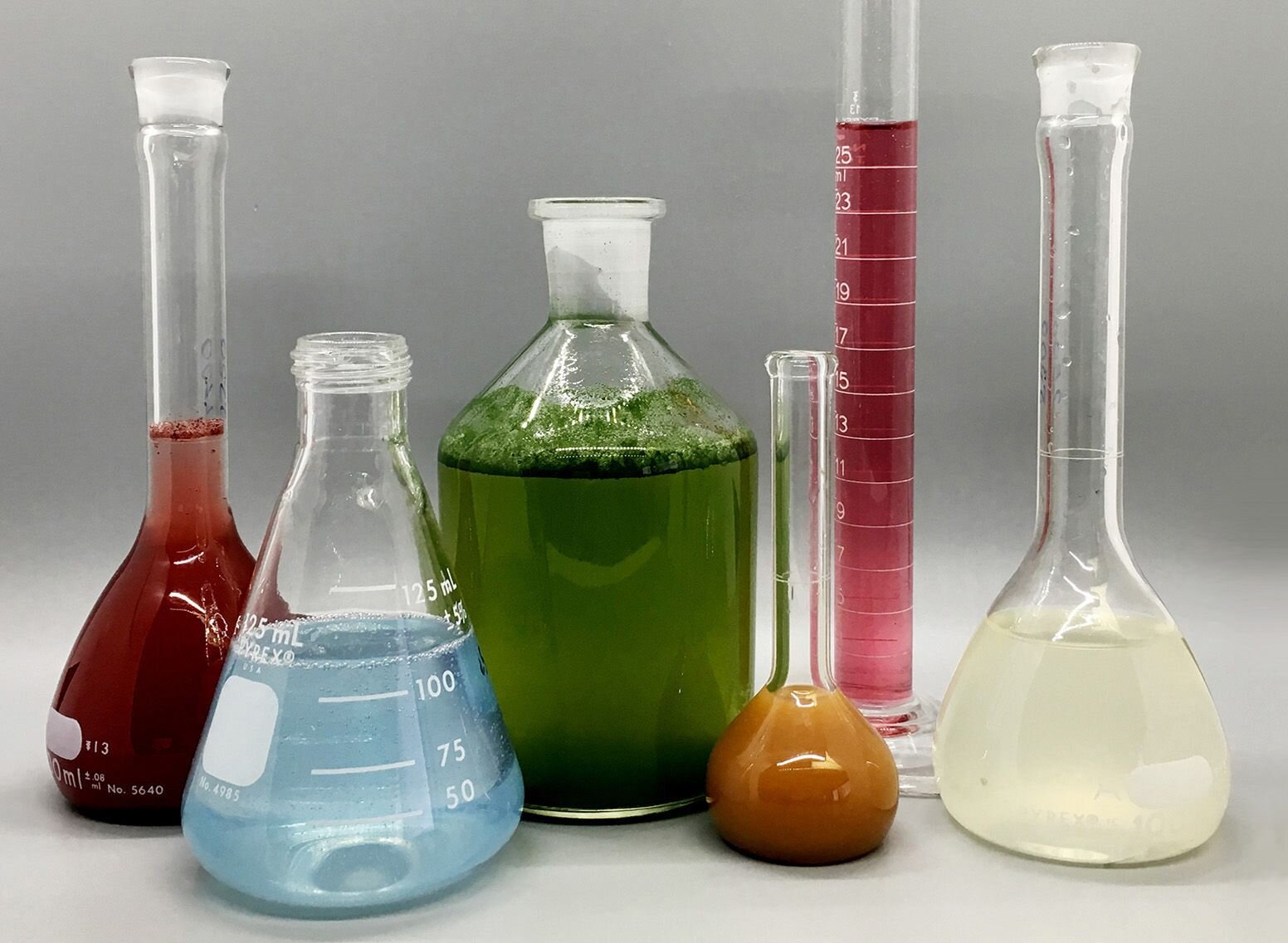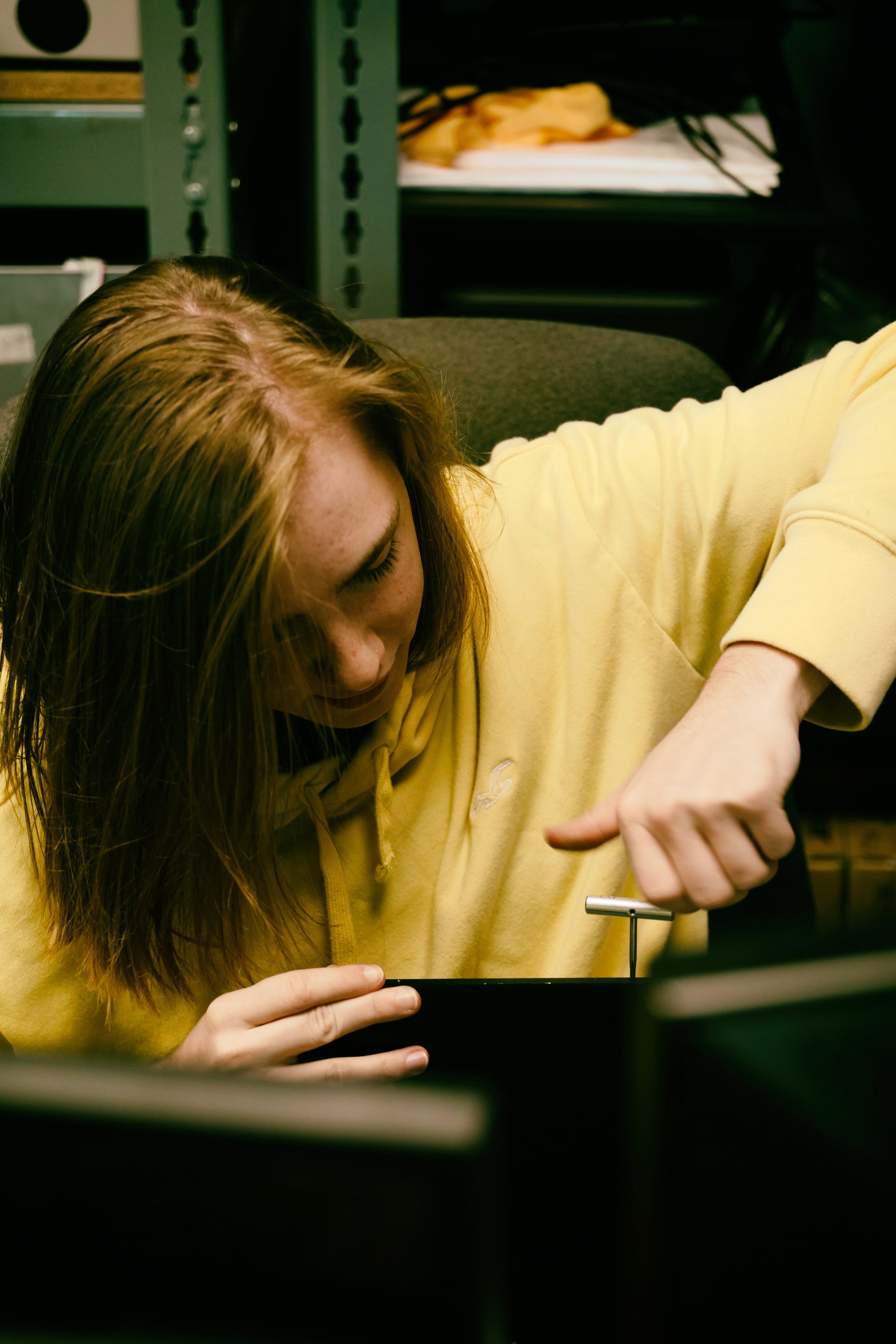Get This Report on Uv/vis/nir
Get This Report on Uv/vis/nir
Blog Article
Some Known Details About Circular Dichroism
Table of ContentsUnknown Facts About SpectrophotometersHow Circular Dichroism can Save You Time, Stress, and Money.Not known Incorrect Statements About Circular Dichroism Little Known Facts About Uv/vis/nir.The Spectrophotometers IdeasUnknown Facts About SpectrophotometersThe smart Trick of Uv/vis That Nobody is DiscussingSome Known Facts About Circularly Polarized Luminescence.9 Simple Techniques For Circular Dichroism8 Simple Techniques For Uv/visUv/vis Fundamentals ExplainedAbout Uv/visGet This Report on Uv/vis
It is then scanned through the sample and the referral services. Portions of the event wavelengths are transmitted through, or reflected from, the sample and the referral. The resultant light strikes the photodetector gadget, which compares the relative intensity of the two beams. Electronic circuits transform the relative currents into direct transmission percentages and/or absorbance/concentration values.The transmission of a referral compound is set as a baseline (information) value, so the transmission of all other substances are taped relative to the preliminary "zeroed" compound. The spectrophotometer then converts the transmission ratio into 'absorbency', the concentration of specific components of the test sample relative to the preliminary substance.
Because samples in these applications are not readily available in big quantities, they are particularly matched to being examined in this non-destructive method. In addition, valuable sample can be saved by making use of a micro-volume platform where as low as 1u, L of sample is needed for complete analyses. A quick explanation of the treatment of spectrophotometry includes comparing the absorbency of a blank sample that does not include a colored substance to a sample which contains a colored compound.
Circularly Polarized Luminescence Things To Know Before You Get This
In biochemical experiments, a chemical and/or physical property is selected and the procedure that is used is particular to that residential or commercial property in order to derive more details about the sample, such as the quantity, pureness, enzyme activity, and so on. Spectrophotometry can be used for a variety of strategies such as figuring out optimum wavelength absorbance of samples, identifying ideal p, H for absorbance of samples, determining concentrations of unidentified samples, and determining the p, Ka of different samples.: 21119 Spectrophotometry is also a helpful process for protein purification and can also be utilized as a technique to create optical assays of a compound.
It is possible to understand the concentrations of a two component mix using the absorption spectra of the basic options of each element. To do this, it is needed to understand the termination coefficient of this mix at 2 wave lengths and the extinction coefficients of services that include the recognized weights of the two parts.

Our Spectrophotometers Ideas
Region. The concentration of a protein can be estimated by measuring the OD at 280 nm due to the existence of tryptophan, tyrosine and phenylalanine.
Nucleic acid contamination can likewise interfere. This approach needs a spectrophotometer efficient in measuring in the UV region with quartz cuvettes.: 135 Ultraviolet-visible (UV-vis) spectroscopy includes energy levels that delight electronic transitions. Absorption of UV-vis light excites particles that are in ground-states to their excited-states. Visible region 400700 nm spectrophotometry is used extensively in colorimetry science.
20. 8 O.D. Ink producers, printing companies, fabrics vendors, and a lot more, require the data supplied through colorimetry. They take readings in the region of every 520 nanometers along the noticeable region, and produce a spectral reflectance curve or an information stream for alternative presentations. These curves can be used to evaluate a brand-new batch of colorant to examine if it makes a match to requirements, e.
Uv/vis - The Facts
Standard noticeable region spectrophotometers can not identify if a colorant or the base material has fluorescence. This can make it challenging to handle color problems if for instance one or more of the printing inks is fluorescent. Where a colorant includes fluorescence, a bi-spectral fluorescent spectrophotometer is used (https://dribbble.com/olisclarity1/about). There are 2 significant setups for visual spectrum spectrophotometers, d/8 (spherical) and 0/45.
Scientists utilize this instrument to measure the quantity of substances in a sample. If the substance is more focused more light will be taken in by the sample; within small ranges, the Beer, Lambert law holds and the absorbance in between samples vary with concentration linearly. When it comes to printing measurements two alternative settings are commonly utilized- without/with uv filter to control better the effect of uv brighteners within the paper stock.
The Basic Principles Of Circular Dichroism
Some applications require small volume measurements which can be performed with micro-volume platforms. As explained in the applications area, spectrophotometry can be utilized in both qualitative and quantitative analysis of DNA, RNA, and proteins. Qualitative analysis can be used and spectrophotometers are used to record spectra of compounds by scanning broad wavelength areas to determine the absorbance homes (the intensity of the color) of the compound at each wavelength.

Fascination About Uv/vis/nir
One major aspect is the kind of photosensors that are available for different spectral areas, however infrared measurement is also challenging since essentially everything discharges IR as thermal radiation, especially at wavelengths beyond about 5 m. Another complication is that quite a few products such as glass and plastic absorb infrared, making it incompatible as an optical medium.
Obtained Dec 23, 2018. Fundamental Lab Methods for Biochemistry and Biotechnology (2nd ed.). The necessary guide to analytical chemistry.
Chichester, NY: Wiley. pp. 1617. ISBN 9780471974123. OCLC 36543293. Ninfa AJ, Ballou DP (2004 ). Essential lab techniques for biochemistry and biotechnology. Hoboken: Wiley. p. 66. ISBN 9781891786006. OCLC 633862582. Rendina G (1976 ). Philadelphia, PA: W. B. Saunders Business. pp. 46-55. ISBN 0721675506. OCLC 147990. Oke, J. B.; Gunn, J. E.
Spectrophotometers Can Be Fun For Everyone
"Secondary standard stars for outright spectrophotometry". The Astrophysical Journal. 266: 713. Bibcode:1983 Ap, J..266..713 O. doi:10. 1086/160817. Ishani, G (2006 ). "The very first business UV-vis spectrophotometer". p. 100. Obtained Dec 23, 2018. Simoni, RD; Hill, RL; Vaughan, M; Tabor, H (Dec 5, 2003). "A Classic Instrument: The Beckman DU Spectrophotometer and Its Creator, Arnold O.
278 (49 ): e1. doi:. ISSN 1083-351X. Beckman, A. O.; Gallaway, W. S.; Kaye, W.; Ulrich, W. F. (March 1977). "History of spectrophotometry at Beckman Instruments, Inc". Analytical Chemistry. 49 (3 ): 280A300A. doi:10. 1021/ac50011a001. "Hewlett Packard: Compound Identification with HP 8450 A UV Visible Spectrophotometer". Analytical Chemistry. 51 (12 ): 1188A1189A. 1979-10-01.
Ninfa AJ, Ballou DP, Benore M (2015 ). Fundamental Lab Techniques for Biochemistry and Biotechnology (3, rev. ed.). UV/Vis/NIR. Laboratory Equipment.
Circular Dichroism for Beginners
"Applied Spectrophotometry: Analysis of a Biochemical Mix". Biochemistry and Molecular Biology Education. Journal of Biochemistry Education.
Spectrophotometers Things To Know Before You Get This
U.S. Department of Commerce National Bureau of Standards unique publication; read this article 378. Washington, D.C.: U.S. National Bureau of Standards.
The process starts with a controlled source of light that lights up the analyzed sample. In the case of reflection, as this light engages with the sample, some is taken in or released. The discharged light journeys to the detector, which is analyzed, quantified, and presented as industry-standard color scales and indices.
Industry governing bodies generally specify particular metrics for specific items, such as Tomato and Coffee indices. The streamlined mathematics looks like this: Where R is the reflection coefficient. All terms are evaluated over the visible spectrum from 400 to 700 nm. In the case of transmission, when the light connects with the sample, it is either absorbed, shown, or transmitted.
Circularly Polarized Luminescence Things To Know Before You Get This
Examples include APHA (American Public Health Association) for watercolor and pureness analysis, ASTM D1500 for petrochemical color analysis, edible oil indices used in food, and color analyses of beverages. All terms are examined over the visible spectrum from 400 to 700 nm.
Image Credit: Matej Kastelic/ Dr. Arnold J. Beckman and his coworkers at the National Technologies Laboratories first invented the spectrophotometer in 1940. In 1935 Beckman founded the business, and the discovery of the spectrophotometer was their most ground-breaking creation. Dr. Bruce Merrifield, a Nobel prize-winning biochemist, specified that the innovation of the spectrophotometer was "probably the most essential instrument ever established towards the advancement of bioscience." Before the discovery of the spectrophotometer, chemical analyses took weeks to finish, with 25% precision.
5 Simple Techniques For Circular Dichroism
99% precision. With time, scientists kept improving the spectrophotometer style to enhance its efficiency. The UV capabilities of the design B spectrophotometer were enhanced by changing the glass prism with a quartz prism. Ultimately, the Model DU was produced, including a hydrogen lamp and other improvements. This instrument was utilized in commercial labs, clinics, and chemistry and biochemistry departments.
Generally, a spectrophotometer is made up of 2 instruments, namely, a spectrometer and a photometer. A basic spectrophotometer consists of a light source, a monochromator, a collimator for straight light beam transmission, a cuvette to put a sample, and a photoelectric detector.
The Only Guide to Uv/vis/nir
There are different kinds of spectrophotometers in numerous sizes and shapes, each with its own purpose or performance. A spectrophotometer determines just how much light is reflected by chemical elements. UV/Vis. It measures the difference in light intensity based upon the total quantity of light presented to a sample and the quantity of beam that goes through the sample service
A spectrophotometer is utilized to figure out the concentration of both colorless and colored solutes in a solution. This instrument is used to determine the rate of a response.
Report this page